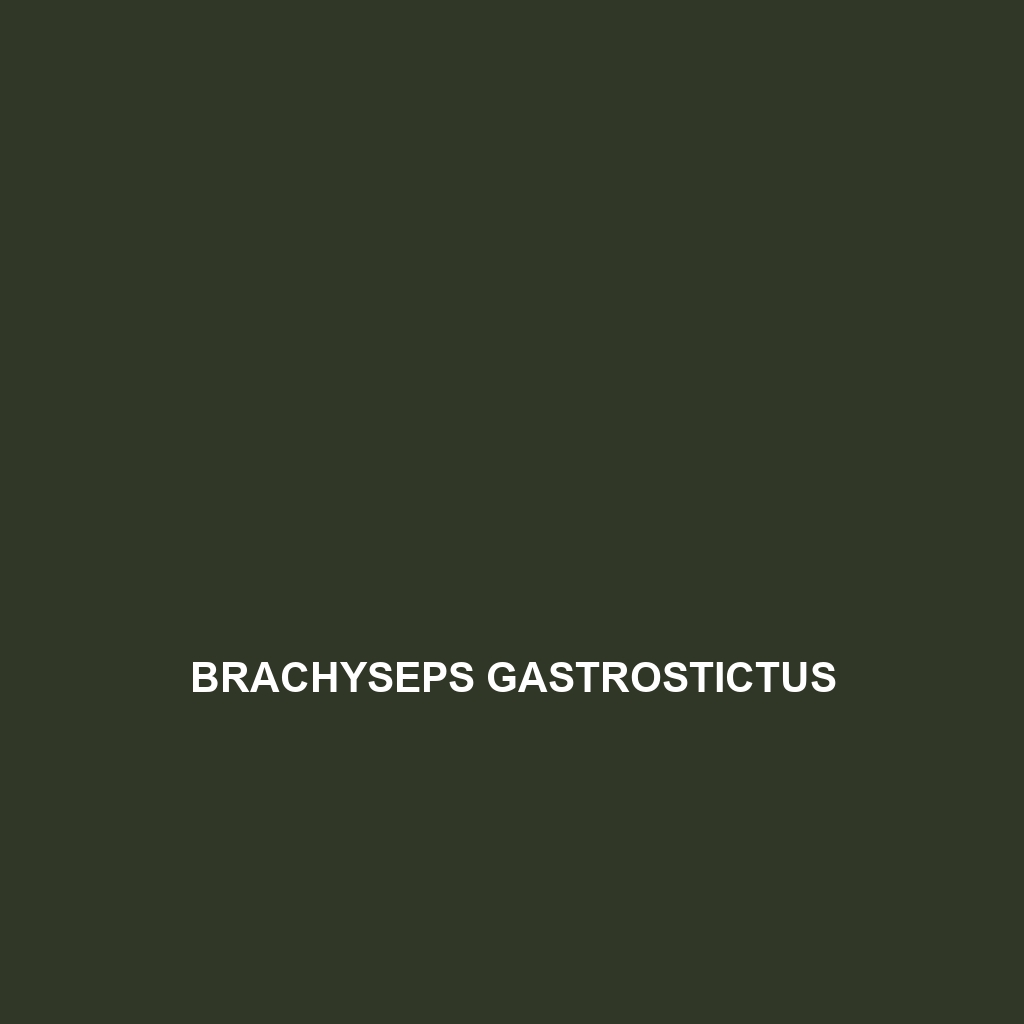Discover the vibrant Calumma ambreense, a unique chameleon species native to Madagascar's rainforests, known for its striking colors, arboreal lifestyle, and fascinating behavior including independent eye movement and color-changing abilities. With a diet of insects and a vulnerable conservation status due to habitat destruction, this remarkable chameleon plays a crucial role in maintaining ecological balance.
Tag: reptiles of Madagascar
Brookesia superciliaris
<p>The <i>Brookesia superciliaris</i>, commonly known as the superciliary chameleon, is one of the world's smallest reptiles, measuring just 3 to 4 centimeters and exhibiting a stunning array of camouflage colors. Found in the rainforests of Madagascar, this diurnal species primarily feeds on small insects while playing a crucial role in its ecosystem by controlling pest populations.</p>
Brookesia stumpffi
<p>Discover the <b>Brookesia stumpffi</b>, or the world’s smallest chameleon, measuring just 2.3 centimeters and renowned for its remarkable camouflage in Madagascar's tropical forests. This endangered species plays a crucial role in the ecosystem by preying on small insects and showcasing unique reproductive strategies in its natural habitat.</p>
Brookesia ebenaui
Discover the unique Brookesia ebenaui, or Ebenau's leaf chameleon, one of the world's smallest chameleons, measuring just 3 inches long. Native to Madagascar's rainforests, this insectivore is known for its excellent camouflage, nocturnal behavior, and vital role in maintaining ecological balance.
Brookesia bonsi
<p>Discover the unique <i>Brookesia bonsi</i>, one of the smallest chameleons in the world, measuring just 2 to 3 inches. Found in Madagascar's lush forests, these endangered reptiles excel in camouflage and play a crucial role in their ecosystem by regulating insect populations.</p>
Brookesia antakarana
Discover the Brookesia antakarana, one of the world's smallest reptiles native to Madagascar's Antakarana region. This petite chameleon, measuring just 3 to 5 cm, features striking brown and green coloration for exceptional camouflage and plays a vital role in controlling insect populations.
Brachyseps gastrostictus
Discover the Brachyseps gastrostictus, or striped skink, a unique species native to the moist woodlands of Madagascar, known for its striking dark stripes, ovoviviparous reproduction, and vital ecological role in controlling insect populations. With a diet of insects and a penchant for climbing, this agile skink is classified as vulnerable due to habitat loss, emphasizing the need for conservation efforts.






